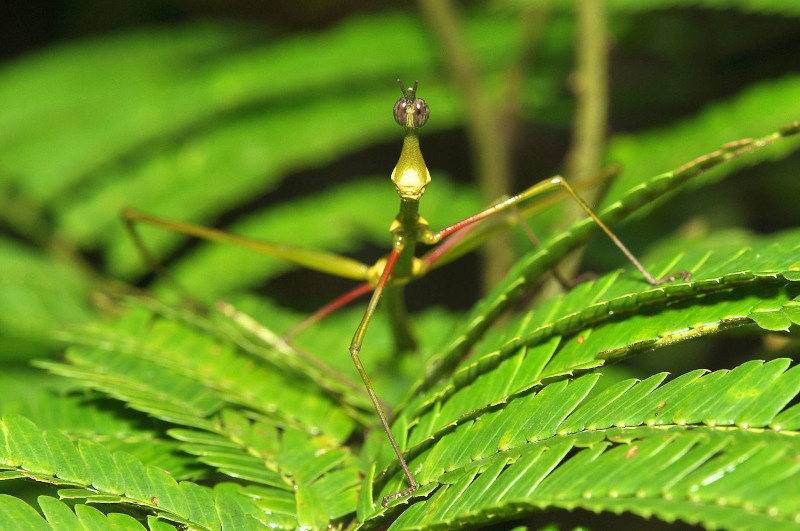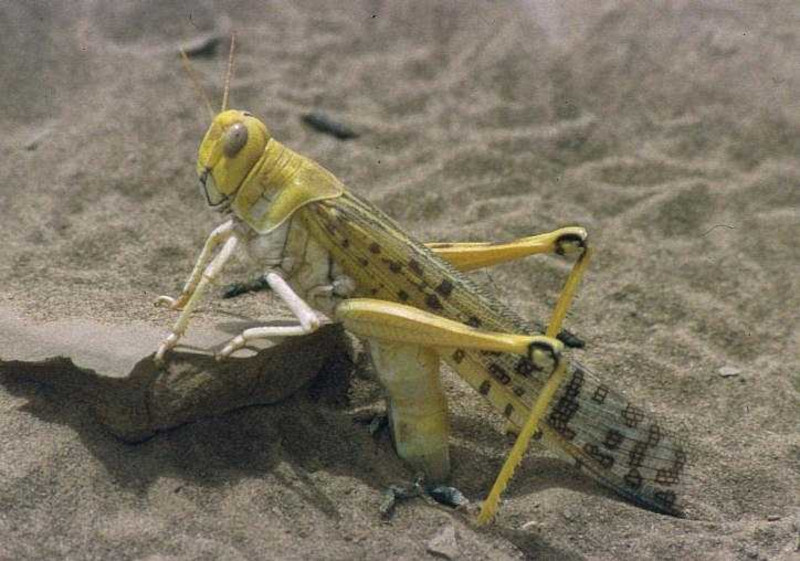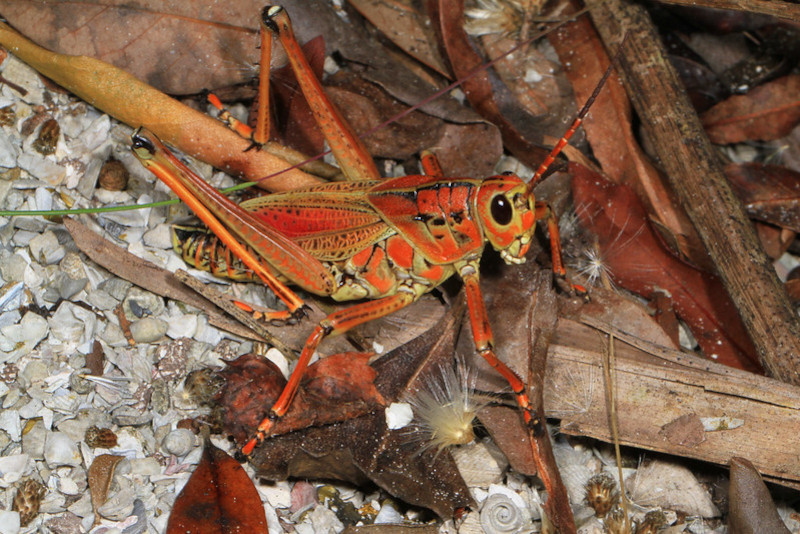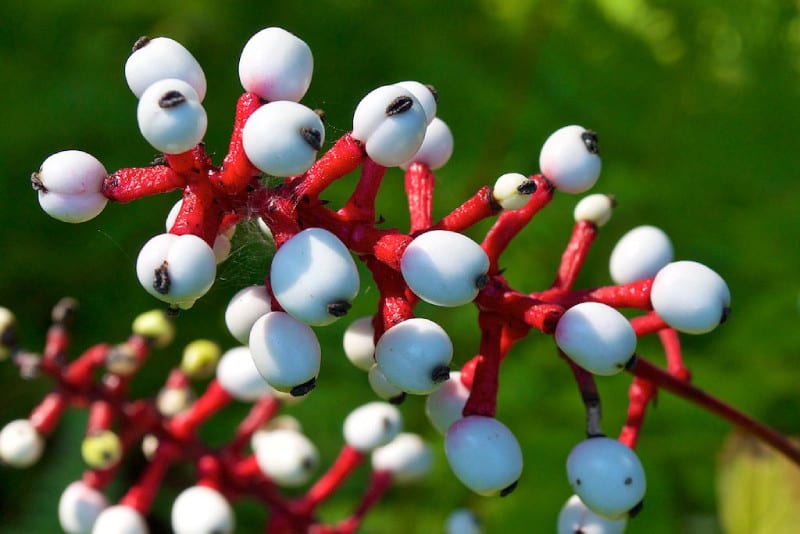Giant Lubber Grasshopper Facts
- The brilliantly colorful Giant Lubber Grasshopper represents a species of very large grasshopper. Furthermore, the gorgeous insect evolved as native to a rather restricted portion on North America.
- In the past few years, this rather impressive insect has also expanded its territory into other portions of the region. Yet, despite studies, researchers continue to remain uncertain of the reasons for this.
- It remains considered by many, private citizens and entomologists alike, to be the most distinctive grasshopper species native to the region it inhabits.
- The remarkable invertebrate does, however, constitute an invasive species for farmers. However, it remains popular for both its distinctive coloring as well as great size with others, however.
- Finally, one fact remains quite surprising, despite its extremely limited habitat range and presumed vulnerability. The IUCN does not currently have a listing for this visually impressive invertebrate.
Related Articles




Giant Lubber Grasshopper Physical Description
The quite lovely, and relatively oversized, Giant Lubber Grasshopper displays a pronounced degree of sexual dimorphism. Females typically attain a significantly greater size than males.
Males rarely exceed 2.1 in (55 mm) in length, while females often attain lengths of as much as 3.5 in (90 mm). An overall average length for the species as a whole equals roughly 3 in (7.6 cm).
The adult individuals typically display bright colors, yet the actual color pattern varies significantly between individuals. However, yellow and orange generally predominate.
Furthermore, the species even ranks as comparatively slow-moving and clumsy, among its kind. This occurs because its legs grow far shorter than most grasshoppers, relative to body length and mass.
- Kingdom: Animalia
- Phylum: Arthropoda
- Class: Insecta
- Order: Orthoptera
- Family: Acrididae
- Genus: Romalea
- Species: R. microptera
Giant Lubber Grasshopper Distribution, Habitat, and Ecology
First of all, the fascinating Giant Lubber Grasshopper has a somewhat restricted range. It exclusively inhabits sections of the southeastern and south-central portion of the United States, in North America.
Further, the beautiful invertebrate typically prefers to inhabit open pine woods, weedy fields, and heavily vegetated areas. It will also sometimes live in sewers in cities, due to the large influx of dead vegetation.
But, when threatened or disturbed, it evolved a fascinating means to deter the majority of its natural predators. That’s because it has the ability to release a foul-smelling foam from its thorax.
Due to the combination of its great size and relatively tiny wings, it remains incapable of flight or even long leaps. Due to that, this incredible insect remains quite unlike many other grasshoppers.
Species Sharing Its Range



Check out our other articles on 6 Magnificent Carnivorous Plants, Green Sea Turtle, Blood Falls, Iridescent Bark Mantis, Blue Footed Booby, Vietnamese Mossy Frog, Blue Shark, Rock Hyrax











Leave a Reply